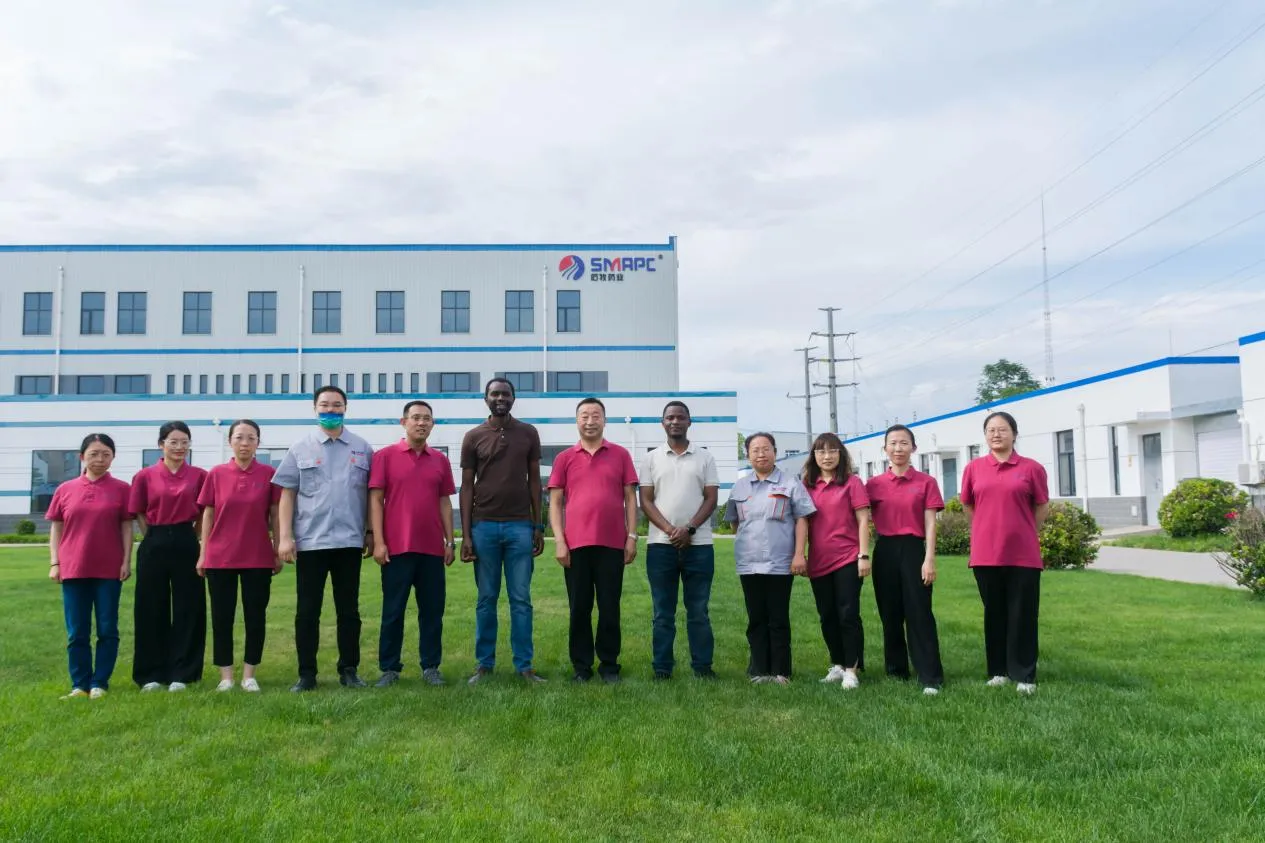Loose motion, commonly referred to as diarrhea, is a significant health concern in goats. It can lead to dehydration, weight loss, and even death if not treated promptly. Understanding the causes, symptoms, and treatment options is essential for every goat owner to ensure the well-being of their herd.




